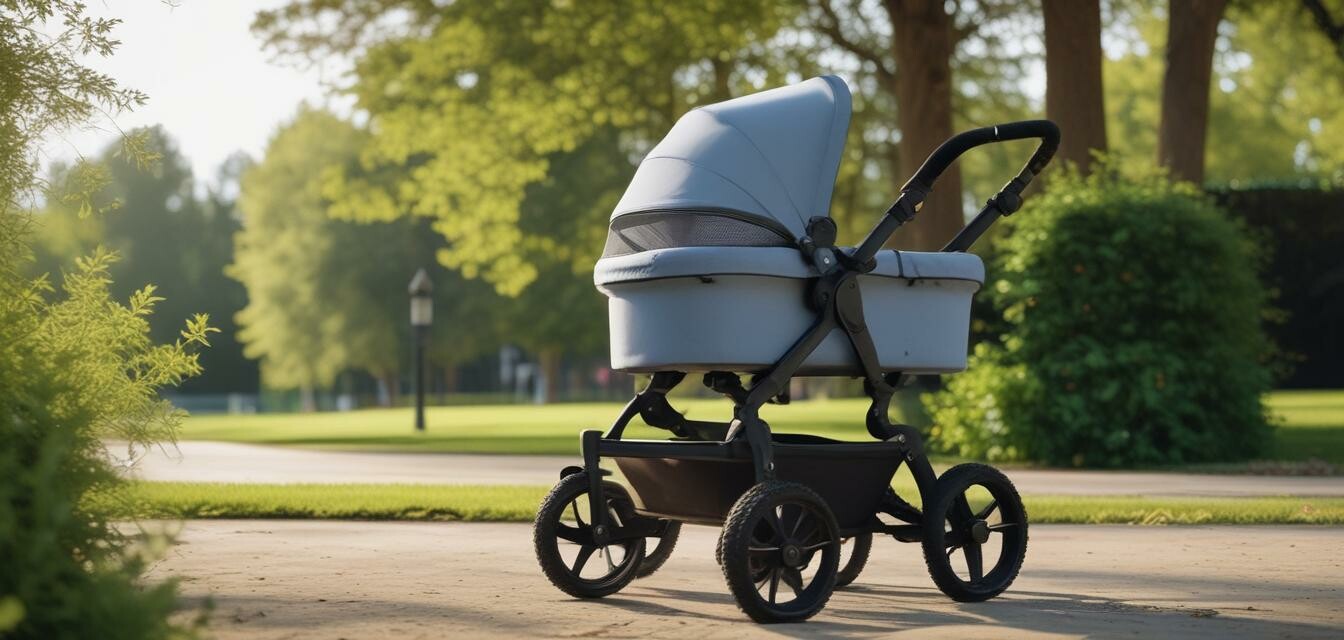
Exploring the Collaborative Parenting Stroller Movement
- Collaborative parenting has significantly influenced stroller design.
- Strollers are evolving to accommodate diverse family structures and needs.
- Innovative features in strollers are catering to co-parents seeking convenience and functionality.
- Strollers now emphasize adaptability and ease of use for shared parenting roles.
In recent years, the concept of collaborative parenting has taken the parenting world by storm. With more families embracing shared parenting roles, the demand for practical, versatile, and modern baby strollers is on the rise. This article explores the evolution of strollers to meet the needs of co-parents and how this collaborative parenting movement is shaping the future of baby transport.
The rise of collaborative parenting
Collaborative parenting promotes shared responsibility between parents, whether they are co-parents in joint custody arrangements or couples who are equally involved in child-rearing. This trend has resulted in many families adapting their daily routines and tools to support a more balanced approach to parenting.
| Elements of Collaborative Parenting | Description |
|---|---|
| Shared decision-making | Both parents participate in key decisions affecting their child’s life. |
| Equitable distribution of tasks | Daily parenting tasks are split equally to ensure both parents are involved. |
| Communication | Open lines of communication between co-parents are essential for collaboration. |
How strollers cater to collaborative parenting
Modern strollers are more than just a means of transportation; they have become essential tools that reflect the growing trend of shared parenting. These are some significant features designed to cater to collaborative parenting:
- Convertible designs: Many new strollers can quickly adapt from single to double or even triple configurations, making them ideal for co-parenting families.
- Easy maneuverability: Strollers designed with lightweight frames and easy steering offer convenience for both parents, especially when navigating crowded spaces.
- Storage solutions: Added storage compartments allow parents who are out for a stroll together to carry all necessary items without the hassle.
Innovative stroller features for co-parents
Here are some of the innovative features being integrated into strollers to promote collaborative parenting:
| Feature | Benefit |
|---|---|
| Customizable handle positions | Allows both parents to adjust the stroller to their comfort level. |
| Swappable seats | Parents can easily switch seats for child comfort or different seating arrangements. |
| Integrated safety features | Ensures that both parents can have peace of mind when walking with their child. |
| Multi-terrain capabilities | Provides options for a variety of outings, whether to the park or city streets. |
Understanding the impact of trends
The surge in collaborative parenting trends reflects the changing dynamics of family structures. Many strollers now highlight their adaptability to cater to the needs of co-parents. It's essential to stay informed and understand the choices you have while selecting a stroller that works for your family dynamics.
For more insights on making informed buying choices, check out our buying guides.
Popular stroller types for collaborative parenting
With the rising demand for strollers that accommodate collaborative parenting, several types have gained popularity:
- Convertible strollers: Transform from single to double seating effortlessly.
- Travel systems: Combine an infant car seat with a stroller for ease during trips.
- Lightweight strollers: Ideal for parents on the go, focusing on portability and ease of use.
Explore the various types of strollers we offer in our convertible strollers section.
Future insights on stroller innovations
As the collaborative parenting movement continues to evolve, we can expect even more innovations in stroller design that cater specifically to the needs of shared parenting:
- Smart technology integration: More strollers may include features like GPS tracking and smartphone compatibility for safety and convenience.
- Eco-friendly materials: As concerns for sustainability grow, expect strollers made from recyclable and sustainable materials.
- Modular systems: Strollers might evolve into highly customizable, modular systems allowing parents to redesign their stroller configurations according to their needs.
Pros
- Enhanced adaptability for various family structures.
- Innovative safety features provide peace of mind.
- Ease of use empowers both parents to share responsibilities.
Cons
- Higher cost for advanced features.
- Complexity in using multi-functional strollers initially.
- Potential weight issues with added features.
To further understand the trends in stroller design, visit our News and Trends page.
Conclusion
As the collaborative parenting movement grows, strollers are transforming to meet the needs of modern families. By embracing innovative designs and adaptable features, parents can enjoy a balanced, equitable parenting experience. As consumer demand for these features increases, we can expect the market for baby strollers to keep evolving in exciting and practical ways.
Stay informed about the latest stroller innovations and trends by regularly visiting our blog.